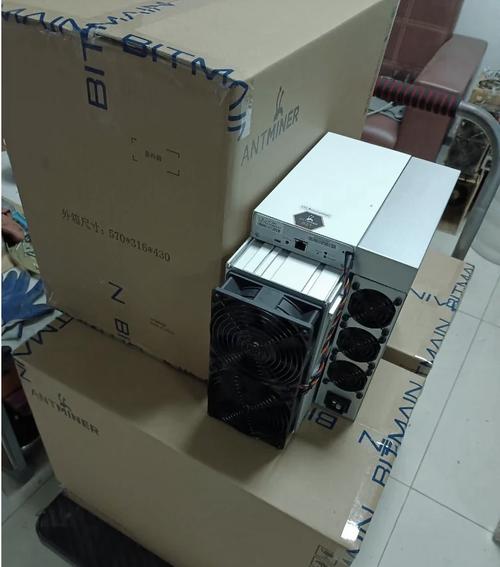In the ever-evolving realm of cryptocurrencies, the journey of advanced mining hardware extends far beyond mere transactions. Entering the world of digital currencies like Bitcoin (BTC), Ethereum (ETH), and Dogecoin (DOG) often begins with a single yet pivotal phase—the acquisition of highly specialized mining machines. These rigs are the backbone of the cryptocurrency mining ecosystem, transforming electrical energy into digital currency through complex algorithms and computational power.

The significance of international transfers in this context cannot be understated. For miners and investors alike, sourcing mining hardware across borders can mean access to state-of-the-art technology and favorable pricing. However, navigating regulations, customs, and logistics poses its own set of challenges. Understanding these processes is critical for anyone looking to expand their mining operations or invest in new technologies.
To embark on this journey, you must first identify the type of miner—whether it’s ASICs specifically designed for BTC mining, or GPUs that cater to a broader spectrum of currencies like ETH. Each has its own hosting requirements and electrical demands. Evaluating hardware based on anticipated profitability should also include consideration of ongoing operational costs, including hosting facilities, which can profoundly impact profit margins.

Next, you must engage with reputable vendors and exchanges, pivotal in facilitating hardware acquisition. These commercial platforms provide one-stop solutions for purchasing mining rigs, often coupled with hosting services for miners who prefer not to maintain hardware on their premises. With an international landscape riddled with various compliance requirements, selecting a trustworthy partner is key to ensuring seamless transactions and international shipping.
As orders are placed, the focus shifts to logistics. International shipping can be a labyrinthine endeavor, as it requires understanding tariffs, customs regulations, and potentially navigating through international sanctions. Hence, a streamlined approach that incorporates insights into shipping compliance can simplify the intricacies faced during transit, ensuring that mining rigs arrive at their destination intact and ready to deploy.
When the shipment reaches its foreign destination, setup and installation elevate a mere transaction into a full-fledged cryptocurrency operation. This stage involves connecting the rig to the power supply, internet, and the mining pool—grouping with others for collective efficiency in processing transactions. Monitoring software is often integrated to ensure optimal performance and identify any operational hiccups. Understanding the software landscape becomes essential, as it influences your rig’s performance and, thereby, your cryptocurrency yield.

Our mining hardware doesn’t simply generate currency; it makes strategic claims in the digital gold rush. As Bitcoin and Ethereum rally in popularity and value, choosing the right machinery could potentially mean the difference between profit and loss. Continuous maintenance and upgrades are also a common deterrent. Keeping abreast of market trends—including energy consumption, hardware efficiency ratings, and also emerging altcoins—can help miners make better investment decisions that pivot on timely updates and recommendations.
Integrating your mining venture within a broader ecosystem allows for increased scalability and flexibility. Mining farms can accommodate multiple rigs and types of machinery, diversifying revenue streams across various cryptocurrencies. Therefore, managing these relationships with different networks offers miners an advantage, especially since market fluctuations can affect specific currencies differently. This strategic breadth can serve as a safety net, allowing miners to pivot as necessary based on external economic factors.
The final stage of the miner’s journey is profit realization. Capitalizing on mined currencies, whether it’s BTC in a booming market, ETH amidst fluctuating gas fees, or even trading DOG for quick gains, requires an understanding of exchange platforms. In a volatile crypto landscape, using exchanges judiciously can amplify return on investment and mitigate risks, ensuring that profits from mining operations are maximized.

In conclusion, the international transfer of advanced mining hardware is a complex yet rewarding undertaking. From sourcing and shipping to set-up and management, each step carries its unique set of challenges and opportunities. By armoring yourself with knowledge, establishing reliable vendor relationships, and pivoting swiftly within the cryptocurrency market, the path to a successful mining operation is not only viable but can also be extraordinarily lucrative.
